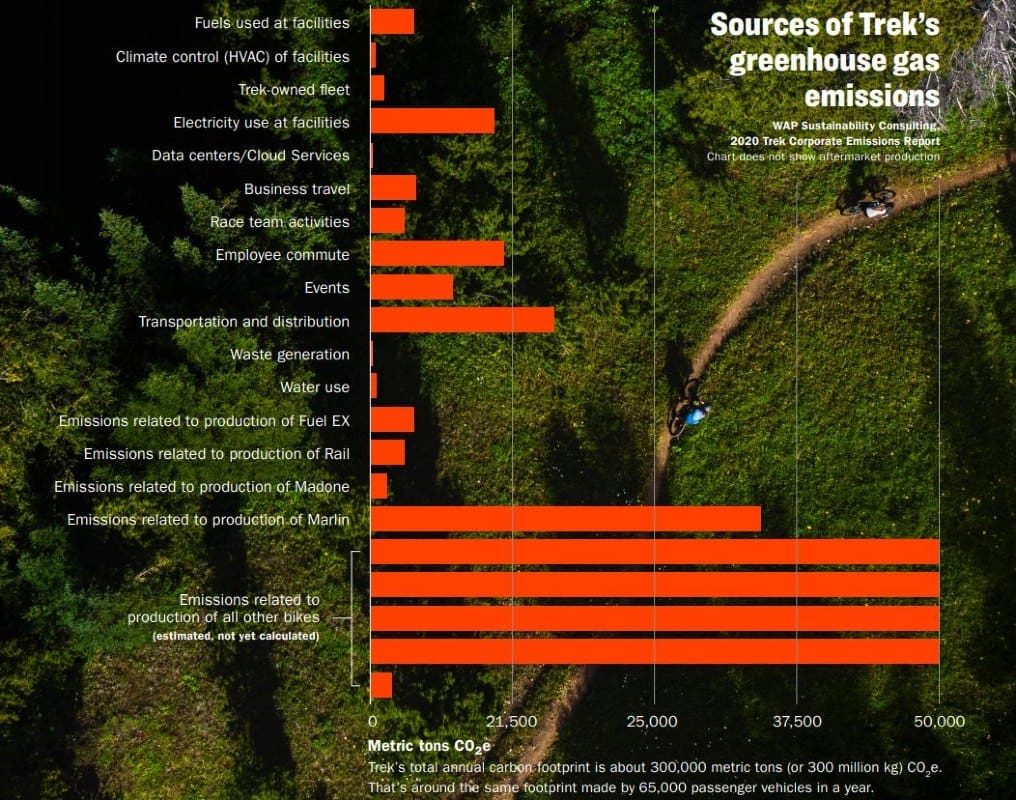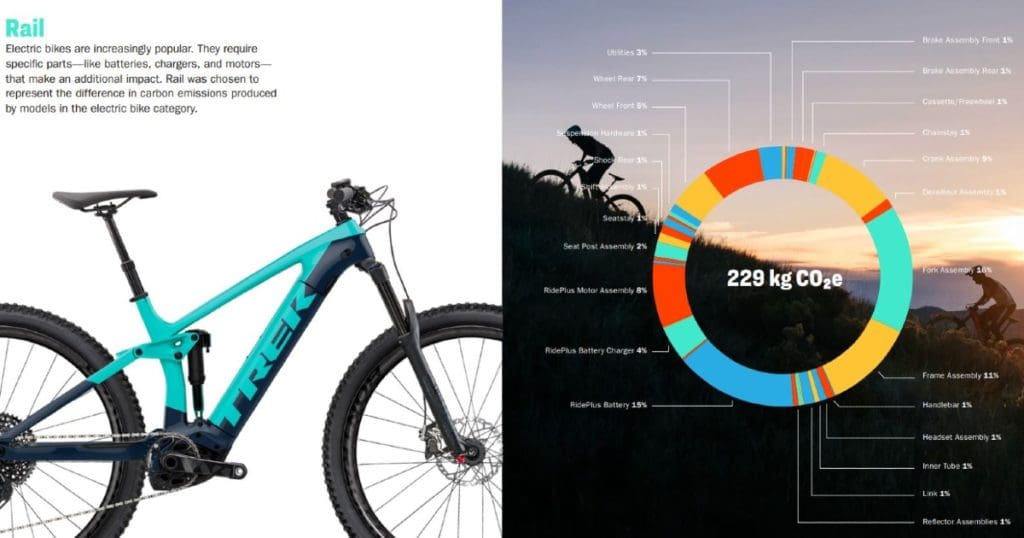Sustainability Report Lifts the Lid on Bike Industry

Waterloo, Wisconsin, USA
Most people reading this article would agree that bicycles are a great solution to many of the world’s environmental challenges. But how environmentally friendly is the process of manufacturing, distributing and selling bicycles?
Trek Bicycles have just released their first annual Sustainability Report, which answers some of these questions.
In his introduction to the report, Trek’s President, John Burke said, “At Trek, we’re just getting started but we are committed to moving fast and taking real action to reduce our environmental impact.
“We don’t have all the answers but every day we’re learning more about what we can do to improve. We will continue to explore every opportunity and share our progress and knowledge in the hopes that it inspires and educates others.
“Because in the end, it’s going to take all of us.”

Amongst the many interesting claims in the report is that once a new bicycle is ridden 430 miles (688 kilometres) then it has ‘broken even’ on the carbon impact of its manufacture compared to driving a car an equivalent distance. Of course, this claim is based upon a range of assumptions, which are detailed in the report.
Trek are planning to analyse in detail the kilograms of carbon currently emitted to manufacture each of their models. In this first annual report, they started with four:
- Marlin – entry level MTB 116kg CO2
- Fuel EX – full suspension MTB 153 kg CO2
- Madone – high end carbon road 197kg CO2
- Rail – full suspension E-MTB 229 kg CO2

As you might expect, the sole e-bike in the group with its battery and motor, required the highest carbon emissions, but interestingly by far the lightest bike, the Madone, required the second highest emissions.
Trek outlined 10 areas of focus to reduce the company’s carbon footprint going forward.
You can see an image listing these at the top of this article.
Interestingly, Trek say their biggest carbon impact is not manufacture but freight. And within freight, it’s not sea freight, but airfreight that’s the culprit, having a carbon footprint 84 times higher than sea freight for a given shipment.
In discussing the need to establish more cycling trails Trek spoke about their new Trek Foundation, established this year, which will fund trail building projects on privately owned land, provided they meet a range of criteria including being free for public use and preserved in perpetuity.
Join the Conversation:
Is the sustainability of the supply chain something that you consider when purchasing products? If so, how important is it to you?

As a Trek loyalist, this is welcomed news. Interesting to note their calculated 688km break-even emission threshold, as it wouldn’t apply to all trips (i.e. recreational), only those that are substituting motor vehicles. I wonder if/how long a MTB would take to cover its carbon cost.